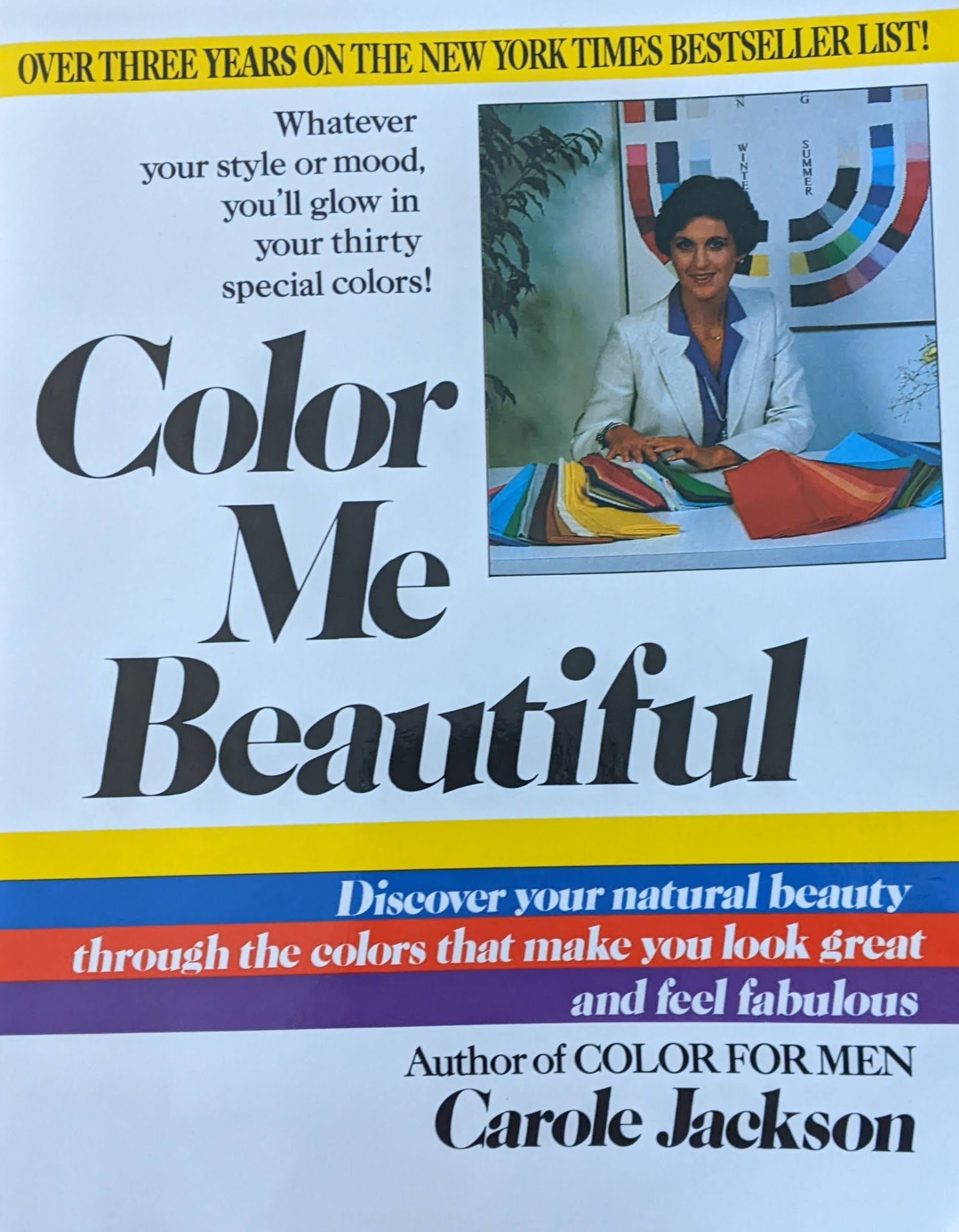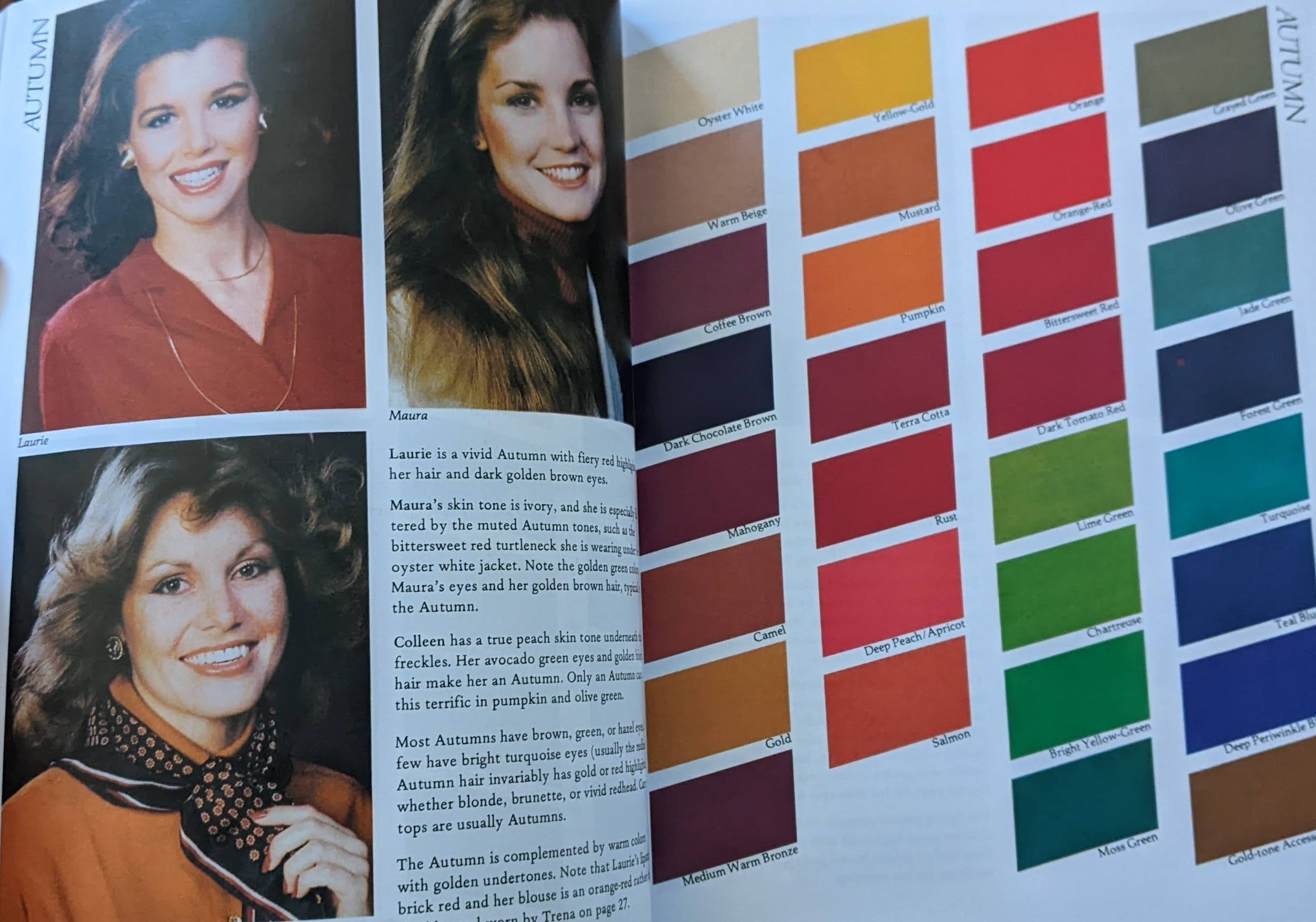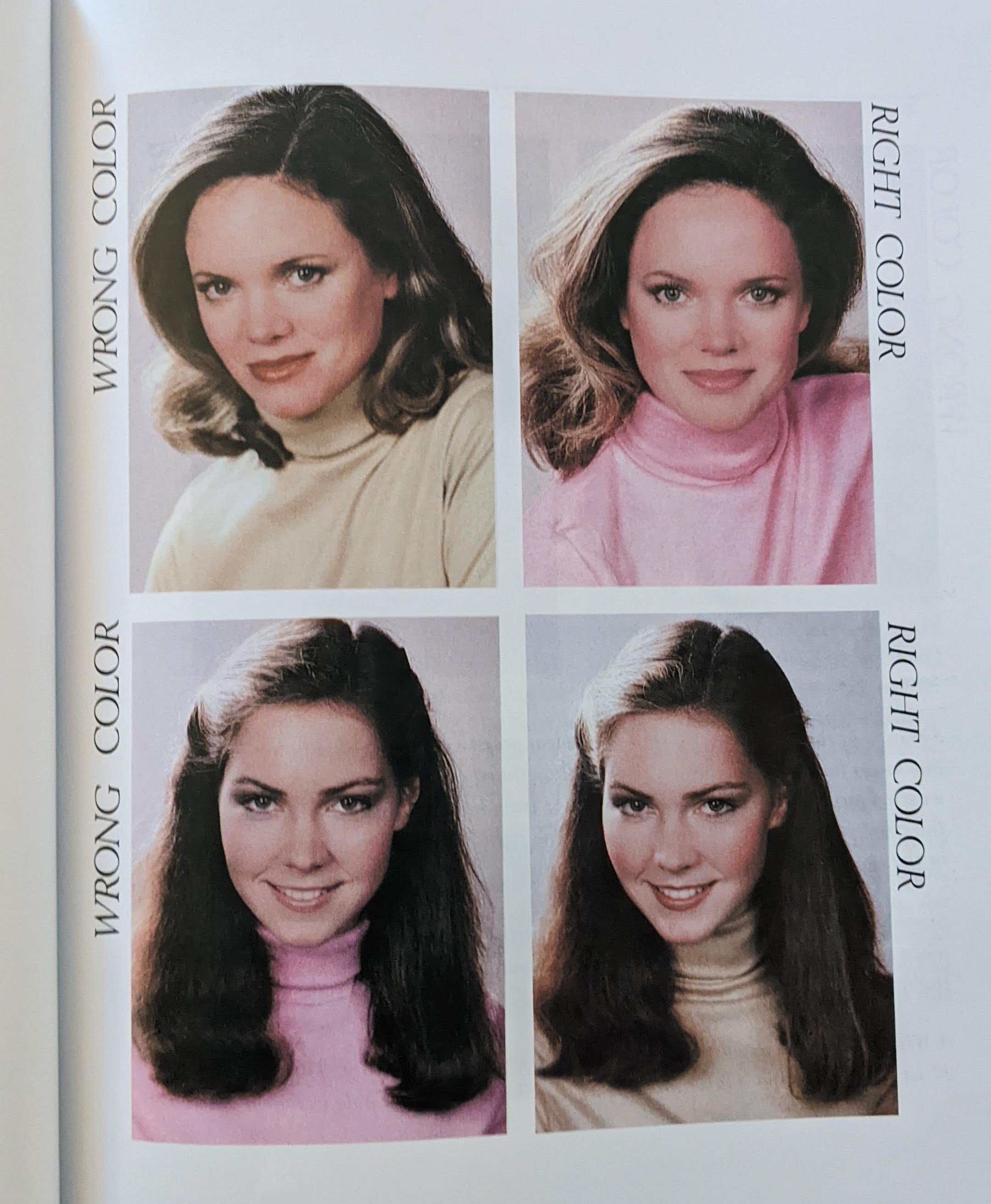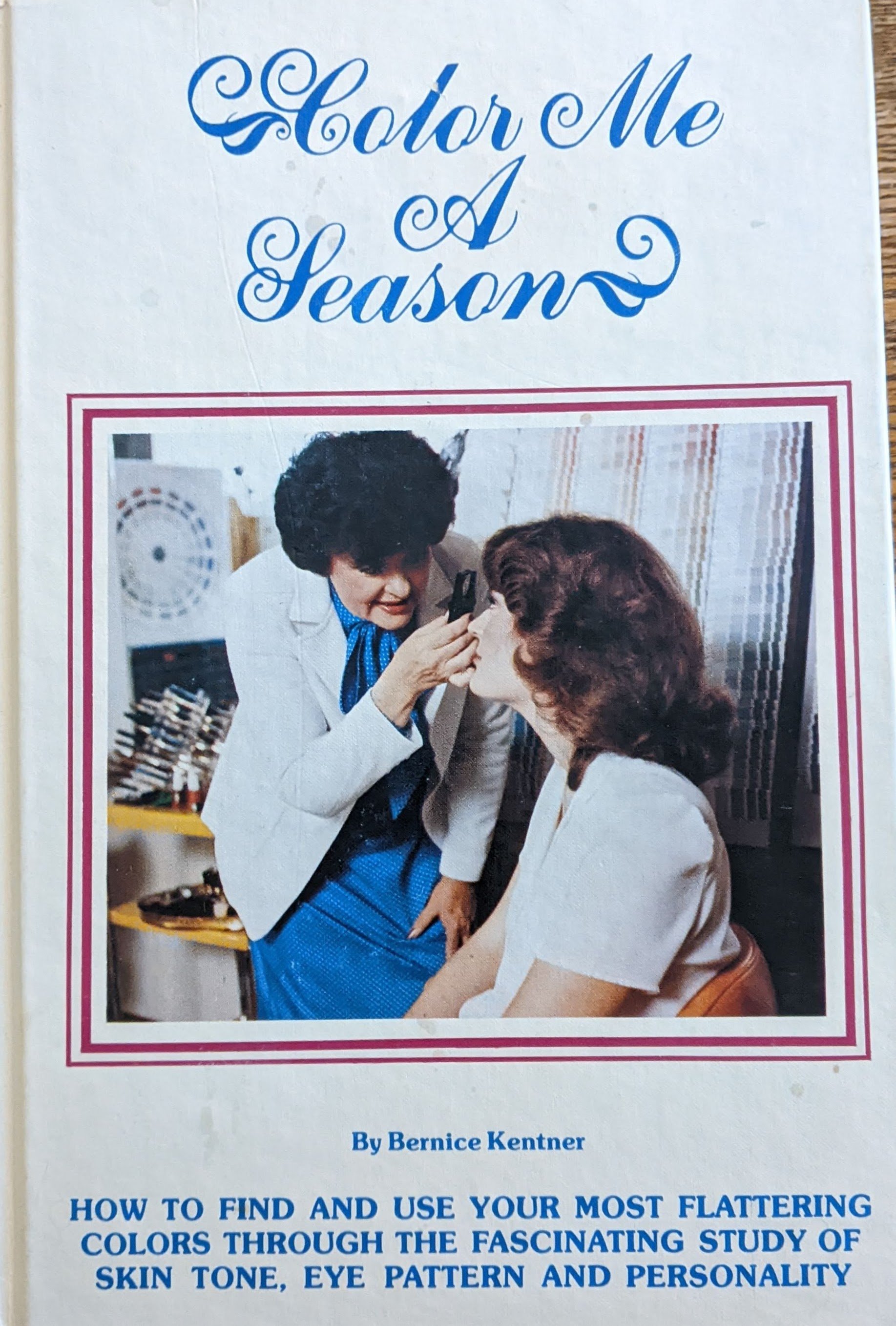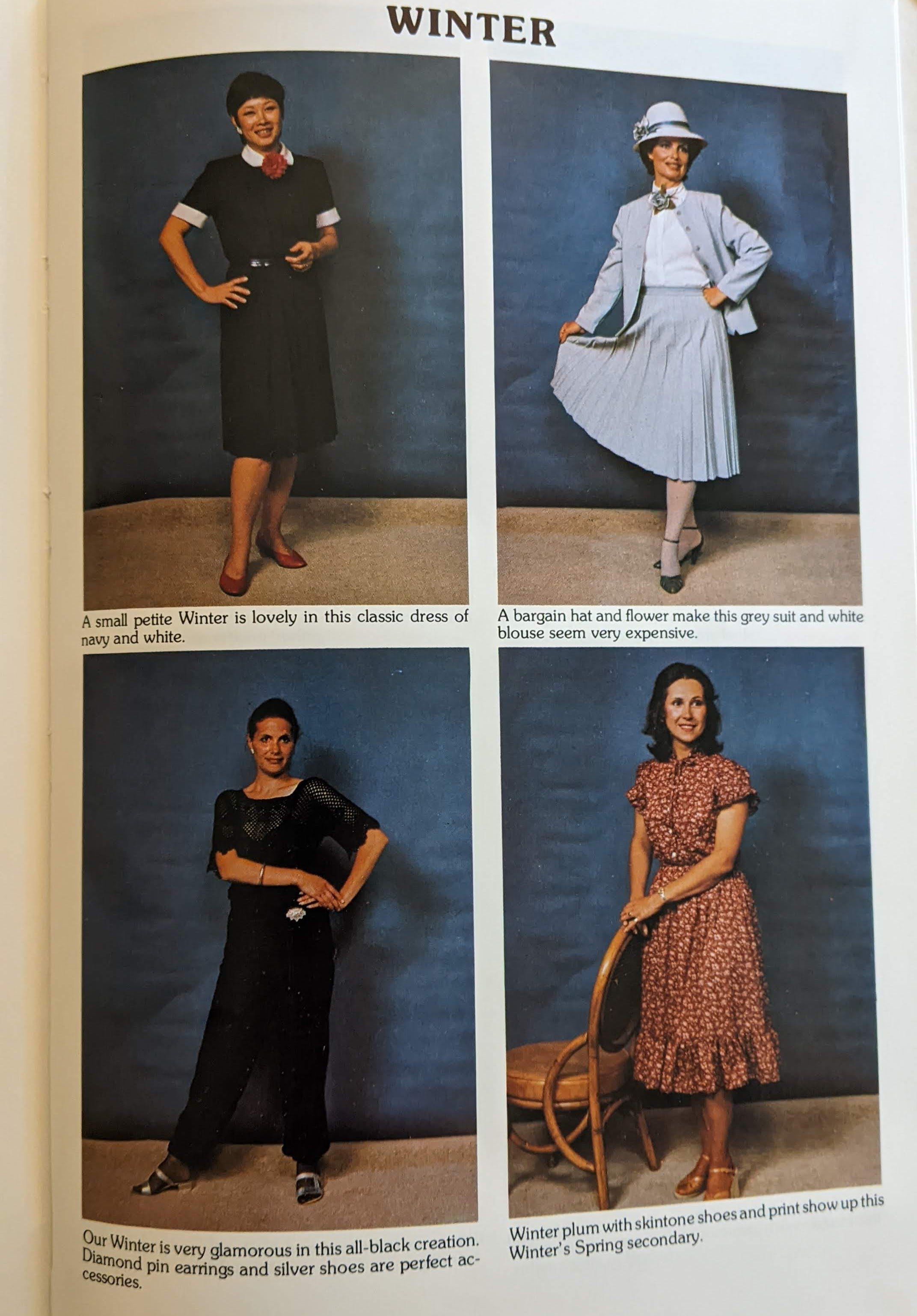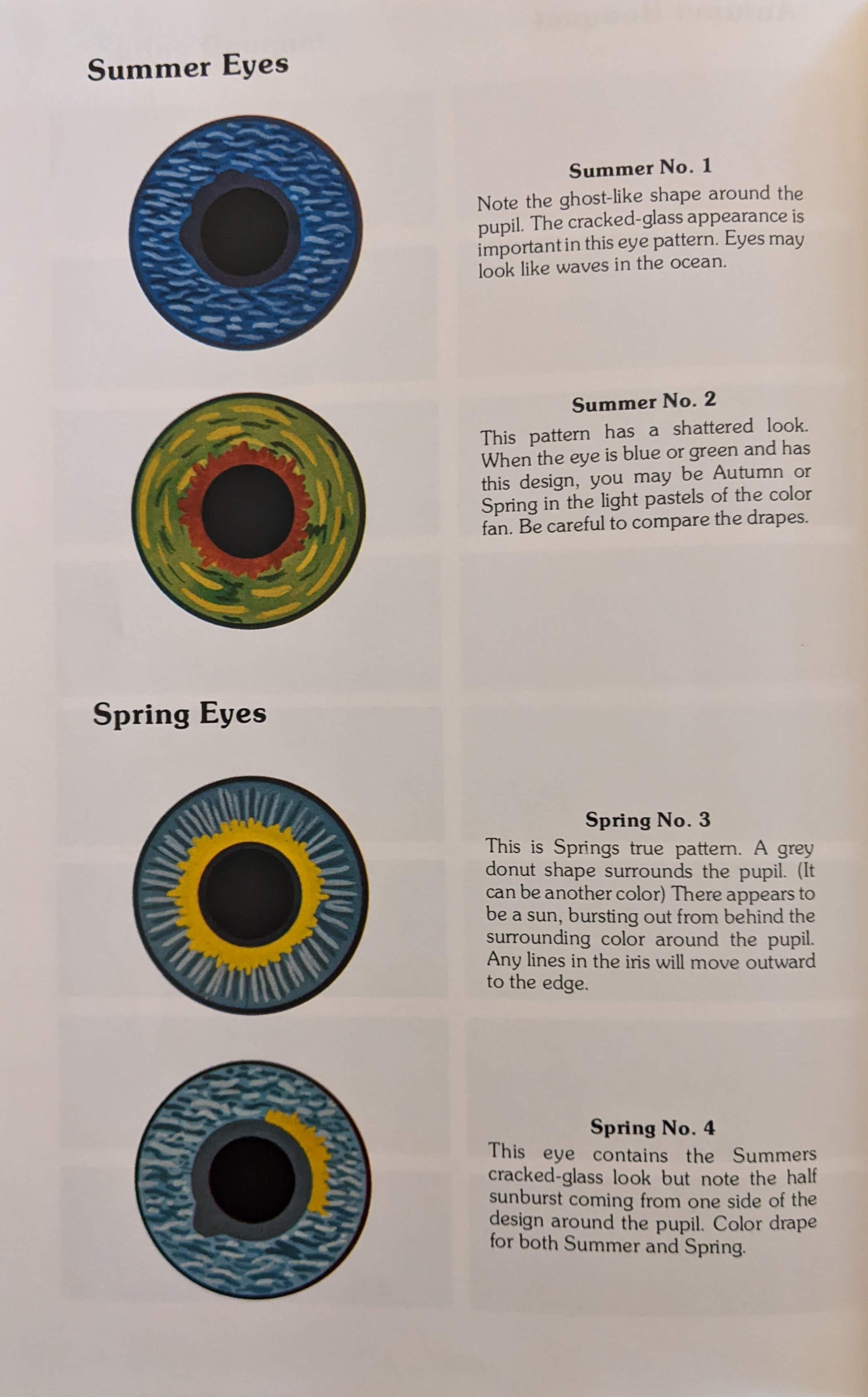What is a Personal Color Analysis? Will it Help Me Find My Personal Style?
“Human beings, the highest order of nature, carry information about their personality and style in their own natural coloration — the pigments in their skin, hair and eyes — and these colors are related to the color harmonies in nature.” - Suzanne Caygill, fashion designer and milliner (1942)
You’re scrolling through TikTok and you see a woman with her face framed with colors. She thinks she is a Winter.
What is this Personal Color Analysis Trend all about? Does it work? Will it help me with my style? I am getting a lot of questions like this and requests for Personal Color consultations.
So, I decided it was time to give a little background to this trend and hopefully answer some of your questions. (Warning: I LOVE a good research project, so bear with me!)
What is a Personal Color Analysis?
First, what is a Personal Color Analysis? Simply, it is a process that helps people learn the colors that look best on them. It usually involves color draping and an analysis of a person’s natural coloring. Frequently, a person is placed in a season that best represents their coloring, Spring, Summer, Autumn or Winter and the subsets within them.
Most people believe that Personal Color Analysis history began with the 1980s book “Color Me Beautiful” by Carole Jackson. It was hugely popular and it’s understandable why they are seen as one in the same. Especially since the brand itself now claims “We Wrote The Book on Color.” However, the history of color used in personal style goes back much further.
Here is a little research on the history of Color Analysis. This is in no means exhaustive, but, I think it gives the concept a little more validity and substance if we give it context.
Some of the highlights of Personal Color Analysis History:
Albert Henry Munsell, famous for inventing the Munsell color system in 1905, paid close attention to human response to color.
In 1928, Johannes Itten formulated the concept of “subjective color” and wrote a book The Art of Color in 1961. This book was the foundation of Seasonal Color Analysis, discussing personal contrast and coloring and placing people in the four seasons: Winter, Spring, Summer and Autumn.
Robert C. Dorr started developing his Color Key System in the 1930s which helped people find their undertone.
Susan Caygill started her journey with personal color in 1945 and had a television show called “Living with Susan” that addressed personal style and color analysis. She then went on to write “Color, The Essence of You” in 1980.
In the Art and Fashion in Clothing Selection (1973) by Harriet Tilden McJimsey, the author devotes two chapters to understanding color and choosing your best colors.
In Color Me A Season (1979) by Bernice Ketner, an in depth process of color season analysis is taught while addressing eye patterns, seasonal personalities, how to build a wardrobe, how to color drape and more.
This brings us to the Color Me Beautiful Method, which has been most popularly expanded to 12 color seasons, but I have also heard of 16 and 18 season methods.
As you can see, there is a long history of understanding color and how it relates to personal style. And, if you are interested in learning more, some of the links above are to full pdfs of the books. Happy reading!
Does Personal Color Analysis work?
It depends.
Does an online filter work? Probably not. The chances that you will get an accurate representation of yourself through your phone is pretty low. Especially, if you are wearing makeup and not in natural lighting. Then, if you ask others what they think, be prepared that an untrained eye will most likely choose colors they like for themselves, not the ones that look best on you. And lastly, if by chance you do get a decent read on your coloring, you are left with a pretty basic color palette that you don’t understand. Trying to use that in your closet or out shopping could be frustrating and might lead you astray.
Will an in-person color consultation work?
Here’s the thing. I am a Certified Color Consultant but I have to admit that it is hard to escape your biases. That is why the same person can go through two separate color analysis consultations and be typed into completely different seasons. That said, I think there are ways to get around these biases.
This is how I do it.
First, in order to truly understand your colors or your color palette, you should have a basic understanding of the following concepts and how they relate to you. These concepts help you go beyond “Seasons” and help you have a firmer grip on your palette. Your Color Consultant should discuss these concepts:
Undertone: Whether the skin has a yellow or blue base. This is often referred to as being “warm” or “cool”.
Hue: The actual color on the color wheel, red, blue, green, etc.
Chroma: The saturation or purity of a color.
Value: The quality of lightness or darkness.
Contrast: The difference between the aspects of colors. Blue against orange is high contrast. Blue against purple is lower contrast. Dusty purple against dusty blue is even lower contrast.
Second, Drape! You have to go through the draping process to know your coloring. That means removing makeup, getting rid of all color distractions and placing color swatches near the face to look for reactions. I truly believe there is no other way. I think you can get close by looking at your natural features, but I never trust what I see until I color drape.
Third, I believe that the colors you wear should be in harmony with your personality, life and style essence. I like to spend time talking to my clients about their likes and dislikes, their history with color and what they wish they could wear. Not only does this help me type them (many personal color theories discuss personality as it relates to seasons) it also helps me decide what colors to focus on when showing them their palette. If someone hates pink, I am not going to spend time selling it to them.
Fourth, patterns! Knowing the solid colors that look best on you is a start, but what about patterns? Playing with patterns really helps you understand contrast. It also helps you understand your tolerance to other color palettes. It is not a perfect world out there. Finding a pattern that only has colors in your palette is not easy, so seeing how colors play with each other in real life is important.
And last, continued support. Once you do a quick online consultation or crowd source TikTok, where do you go from there? Having a Color Consultant that you can check in with may be necessary for it to sink in. Trust me, the first time you go shopping with your palette, it may be harder than you think.
Will a personal color analysis help me find my personal style?
I believe knowing the colors that compliment your skin tone, features and personality are an important step in understanding your personal style. Instead of following trends or being influenced by other people’s style, you will be able to focus on the colors that suit you best. Having a color palette and an understanding of your colors will help you build a wardrobe that includes both the neutrals and accent colors that work for you. You can slow down your buying cycle, save money, have a more streamlined wardrobe and simplify shopping. Not to mention, that if you create a wardrobe that follows your color palette, you will find that the colors go together, making it much easier to mix and match in your wardrobe.
Knowing your colors does not mean you know your personal style, but it can be a great start. Impactful, easy to implement and fun, it’s easy to see why it keeps popping up as a trend.
If you are interested in getting a Personal Color Analysis, please email me. In person sessions are best, but I also do virtual sessions.
Love, Lisa



